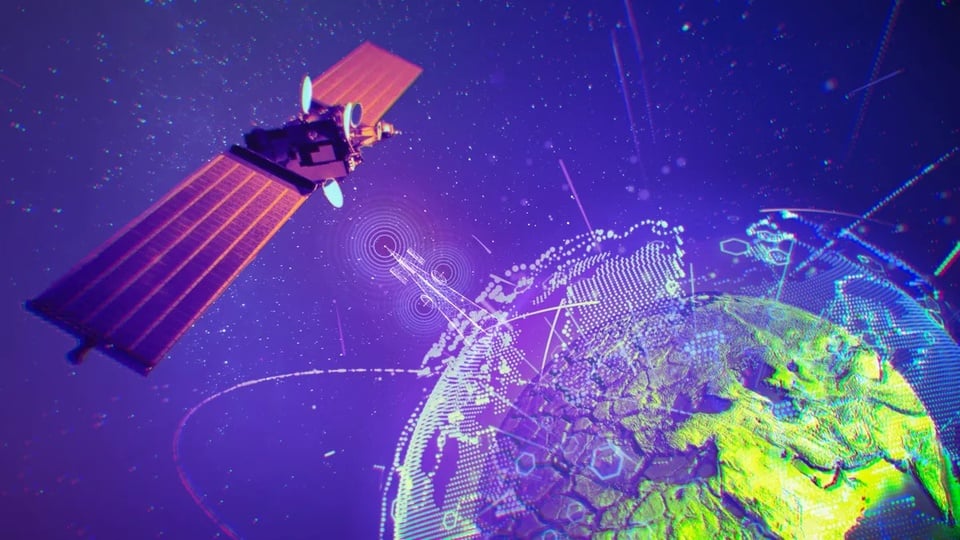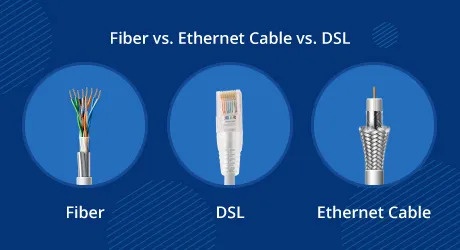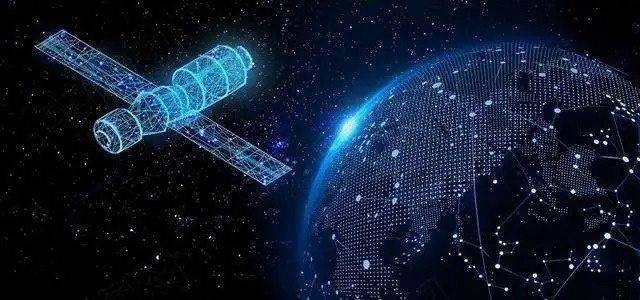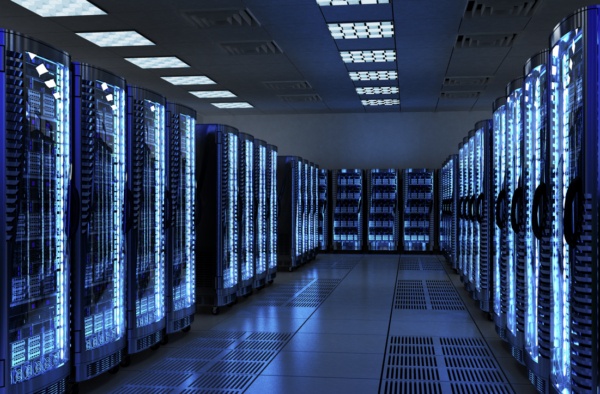 |
The environmental impact of the Internet has increased significantly. Photo: CNET . |
Keeping the Internet running requires a huge amount of energy, from powering cell towers and data centers to mining raw materials and manufacturing everyday devices. The environmental impact of the Internet is considered relatively small, but it has changed rapidly over the past decade.
The environmental impact of the Internet depends on many factors, such as usage habits, AI, and the number of devices owned. Understanding and making smarter decisions about technology applications can help reduce energy consumption.
Potential synergistic effects
The Internet can be understood as a vast network connected between data centers, devices and routers, through all kinds of cables, frequency bands and radio signals.
The term falls within a larger group called the Information and Communications Technology (ICT) industry, which includes devices such as radio and television, and extends to analog technology.
Edward Oughton, professor of geospatial data science and spatial computing at George Mason University, wrote in a study that the industry accounts for about 3.6% of global CO2 emissions. And that’s not even taking into account the rapid pace of expansion, given that 2-3 billion people still lack internet access.
When you factor in the supply chain, which includes mining rare materials, manufacturing chips, and transporting those materials, the impact is even greater. Apple says 99% of the water it uses comes from its own supply chain.
Still, technology, AI, and the Internet can improve the sustainability of the ICT sector and many other industries. “ICT has the potential to reduce global greenhouse gas emissions by nearly 20 percent,” said Joe Rowsell, a telecommunications policy expert and chief legal officer at Telus.
How we go online determines a lot
According to CNET, fiber optic cables are the most energy-efficient and environmentally sustainable type of Internet connection. Professor Oughton said that photons traveling through the cable use very little energy.
 |
Comparison of fiber optic cable and regular cable. Photo: HeyOptics. |
Research from the Fiber Broadband Association (FBA) shows that the carbon footprint of this network is lower than that of hybrid fiber coax in every sustainability metric, including material and operational costs. While initial deployment may disrupt ecosystems or increase carbon emissions in the short term, the study also found that after six years of use, these emissions are significantly reduced, providing long-term benefits.
Despite being the best solution, fiber optics still do not reach rural households. Many people either do not have access or still choose to use traditional networks such as coaxial cable and DSL.
These cables simply do not have the bandwidth of fiber optics and are also not as efficient at transmitting over long distances, resulting in more loss. FBA research shows that fiber optic Internet can reduce power consumption and carbon emissions by 93-96% compared to the two most common types of cables today (optical-copper hybrid and DOCSIS 4.0).
Many Internet providers are also phasing out DSL service altogether. AT&T announced it in December 2024, calling the technology “power hungry” and difficult to maintain. This is leading users to switch from DSL to other technologies like satellite Internet when available.
Meanwhile, 5G internet is becoming an increasingly popular alternative to wired internet. It is often used in remote or hard-to-reach areas, but it consumes more energy to transmit the same amount of data.
Because 5G relies on frequency bands rather than being transmitted directly over cables, the network is susceptible to congestion and signal loss, especially over long distances. Oughton’s research paper, published in July 2025, highlighted the high energy consumption of 4G and 5G networks in developing countries in Asia, and noted that rural households consume more energy than urban households.
Like 5G Internet, low-Earth orbit (LEO) satellites have revolutionized user access. The strength of satellite Internet lies in its ability to provide widespread coverage without the need for cables or existing infrastructure to connect.
 |
5G and satellite internet have revolutionized user access. Photo: IP Look. |
To deliver a strong signal and ensure widespread connectivity, a lot of LEO satellites are needed. But those satellites generate significant emissions. Professor Oughton writes in a study that emissions from LEO satellites are eight times higher per rural user.
In addition, the frequency of rocket launches has increased exponentially. 2024 saw the highest number of launches ever in the United States, a total of 259. Of those, SpaceX alone conducted 134 launches. The race to provide satellite internet has posed a greater risk to the Earth's ozone layer.
AI and the data center
With any Google or Safari search, you’re accessing a data center, almost instantly. While it consumes a lot of electricity, uses a lot of water, and produces a lot of pollution, these levels have been relatively stable over the past decade.
However, the advent of AI has changed the way we use the internet. Data centers that run large language models are consuming energy at an increasingly alarming rate.
Berkeley Lab, which provides the most comprehensive and detailed view of data center usage in the United States, expressed concern about AI’s energy consumption, predicting that by 2028, more than 90% of server power will be consumed by large-scale, shared data centers.
 |
AI data centers consume a lot of energy. Photo: Rack Solutions. |
A typical cloud or internet server rack consumes around 5, or just under 10 kilowatts. That’s three to 10 times more than an AI server rack, said Shaolai Ren, a professor of electrical and computer engineering at the University of California, Berkeley.
Using AI also consumes water resources and causes serious air pollution. A 2023 study from the University of California, Riverside found that composing a 100-word email using AI consumes about 519 ml of coolant. Another paper from the university also said that the total public health costs of data centers in the US could rival or even exceed the emissions from vehicles on the road in large states like California.
While internet connectivity will depend on where you live, understanding the environmental impact of technology can help you make better choices. Users can prioritize devices that last longer and need to be replaced less often, turn off AI, or reduce heavy usage when not needed. If possible, opt for fiber over energy-hungry options like 5G or DSL.
Source: https://znews.vn/chi-phi-ngam-cua-internet-post1561213.html

































































































Comment (0)